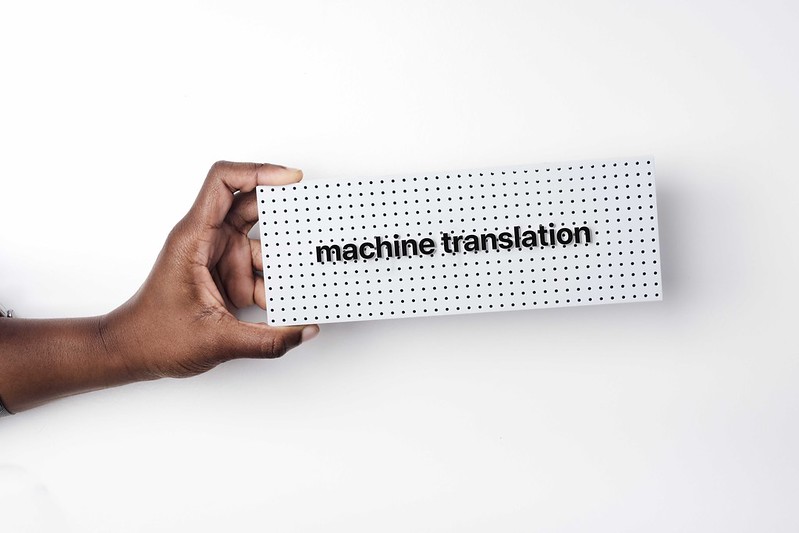Like everything else, languages change over time.
They grow, evolve, and even fall out of use.
There are hundreds and hundreds of extinct languages, along with the many still spoken and written today.
But we may be able to bring some of those languages back with help from artificial intelligence.
Some extinct languages we can still study and decipher, because we have a past record to help us know what the words mean.
For others, we don’t have that.
But MIT professor Regina Barzilay and PhD student Jiaming Luo have developed an algorithm that can start to decode these lost languages by comparing them to the rules and conventions that are found throughout all human language.
If the extinct language is related to one that’s still used, the AI can spot that, too.
The system they’re looking to build would be able to spot those patterns and recognize the rules and conventions of a lost language with just a few thousand words.
Recognizing how the language works isn’t the same as knowing what the words mean, but it’s a step in that direction.
And it’s a step that’s, in a word, exciting.
In South Nyack, New York, north of New York City, the historic signs do something that, at least to me, is pretty historic, though not something local officials were expecting.
Scan the QR codes on the signs and they take your phone not to more information about the area’s history and culture, but to – what else – the video of Rick Astley singing “Never Gonna Give You Up.”
You mean you’ve never been Rickrolled by a road sign before?
MIT CSAIL’s AI revives dead languages it hasn’t seen before (VentureBeat)
Rickrolled: South Nyack historical sign on Esposito trail delivers pop music prank (lohud)
Backer is a beautiful word in any language. Support our show on Patreon today!

